1. A Dwarf Galaxy Ablaze: NGC 4449What’s happening? Hubble and Webb peered into NGC 4449—a nearby dwarf galaxy ~12.5 million light-years away—unveiling a galaxy-wide starburst, not just central activity .What the images show: Blue-hot young stars intermingle with red, hydrogen-ionized clouds and dusty tendrils, creating a glowing tapestry of stellar creation .Why it matters: This galaxy mimics early-universe systems that formed through mergers, making NGC 4449 a local analog for primordial galactic growth .Webb’s contribution: Infrared views from MIRI and NIRCam expose star clusters, carbon-based molecules, and ionized regions, painting a richer picture of where and how stars form .
2. The Skyrocket: Kiso 5639’s Firework HeadWhat’s happening? Hubble imagery of Kiso 5639—dubbed the “skyrocket” galaxy—captures a dramatic head-tail structure where a starburst lights up one end .Trigger: Likely fueled by a collision with an intergalactic gas filament, the burst ignites clusters in the head region, some less than a million years old and a few million times the Sun’s mass .Significance: Such dwarf galaxies showcase processes similar to early cosmic epochs—gas inflow-induced starbursts shaping galactic evolution .Visual spectacle: Supernova-driven cavities create Swiss-cheese structures, while metallicity contrasts confirm fresh gas fueling the frenzy .
3. M82: A Compact Powerhouse Under Webb’s LensGalaxy snapshot: The compact starburst galaxy M82—only 12 million light-years away—produces stars 10× faster than our Milky Way .Webb’s edge: NIRCam reveals dense clusters and turbulent dust lanes driving rapid star formation in its core .Broader insight: M82 offers a model for understanding extreme environments where stars form explosively and feedback reshapes galactic structure.
4. Galactic Feedback: When Stars Shape GalaxiesFar-reaching winds: Hubble observations show starburst-driven winds extending up to 650,000 light-years, forming expansive galactic halos .Cluster explosions: In star-forming cores, supernovae carve cavities and sculpt complex gas bubbles—stellar firework remnants still visible today .Cosmic context: These feedback mechanisms regulate star formation, enrich haloes with metals, and influence galaxy morphology in both the early and present universe.–
5. What It All Tells Us About the Universe
Insight Explanation Early galaxy analogs Dwarf starbursts mirror early-universe galaxy growth via mergers and gas accretionFeedback importance Stellar winds & supernovae reshape galactic gas, influencing future star formationCollaborative power Webb’s IR depth combined with Hubble’s optical clarity gives a multi-layered viewCosmic scale Small, intense starbursts collectively drive reionization in the early universe .
In Summary
The cosmic fireworks in dwarf starburst galaxies—captured in dazzling detail by Hubble and Webb—offer a window into the formative processes that sculpt galaxies. From ignited star clusters to explosive feedback winds, each burst adds a chapter to our understanding of how galaxies, including our own Milky Way, came to be.

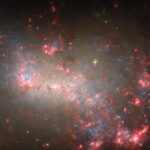
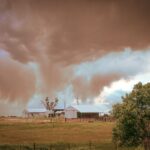



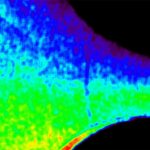

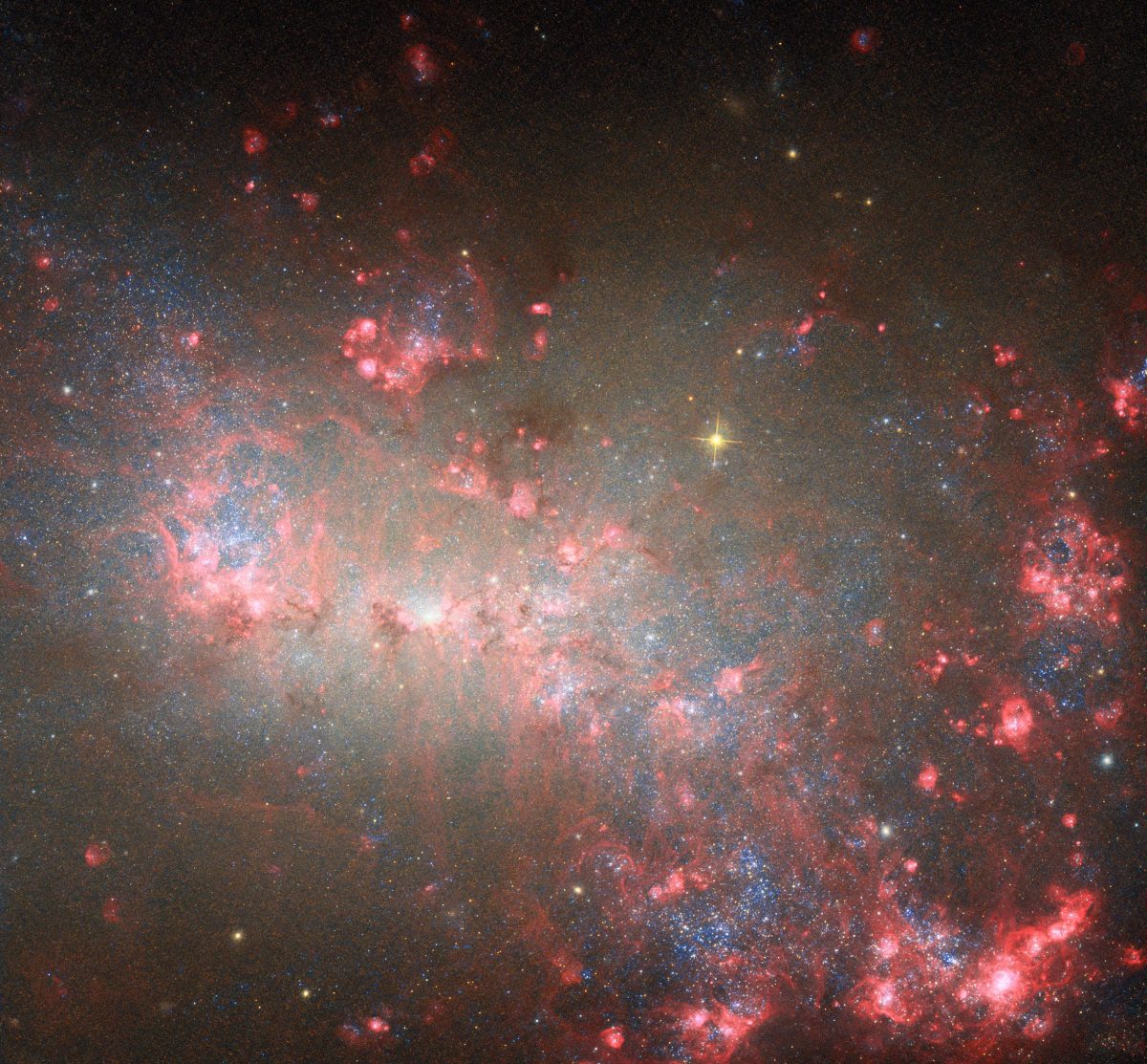



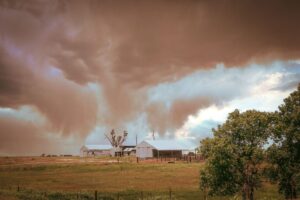
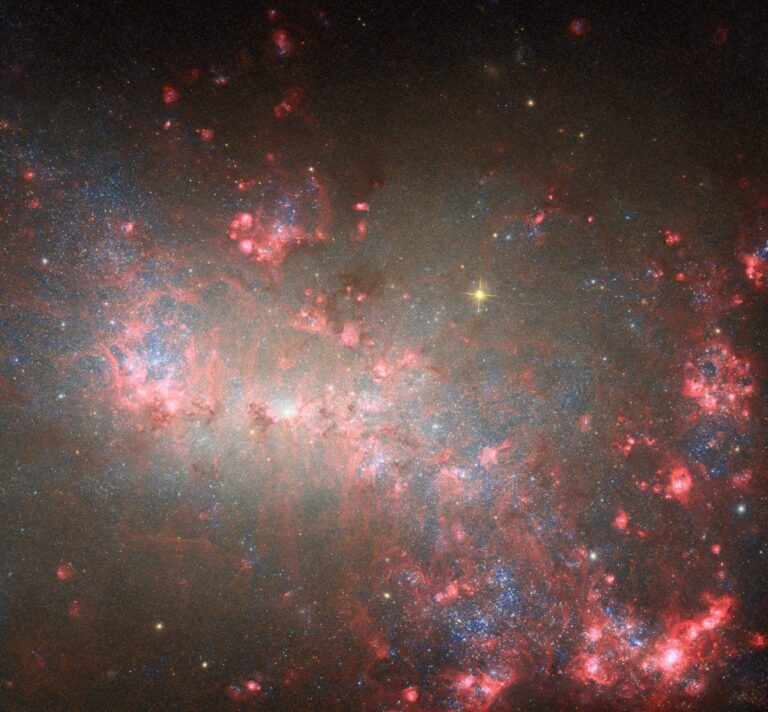

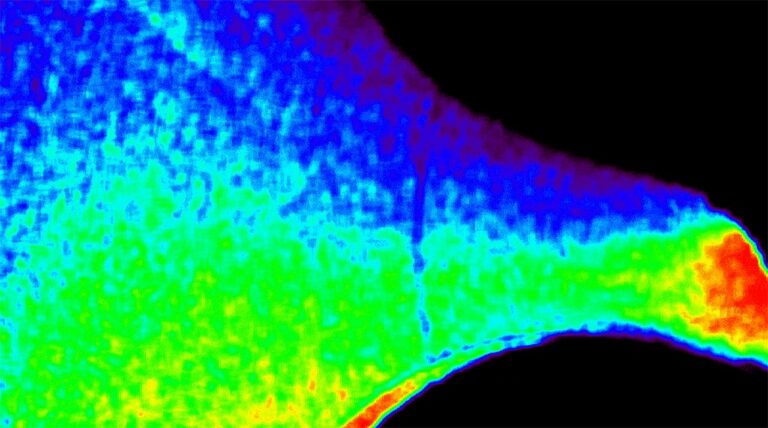
+ There are no comments
Add yours